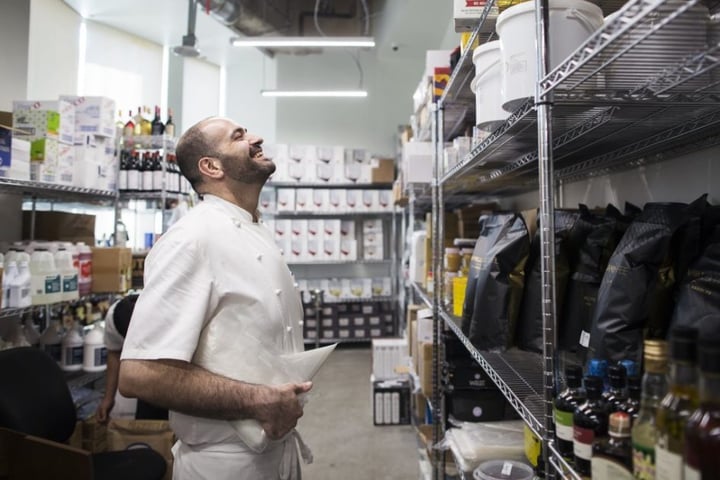
- Home
- Crunchtime Blog
- You Can Win Big with Counting Cards... and Counting Inventory

You Can Win Big with Counting Cards... and Counting Inventory
Continuously counting what’s been used and what remains on hand will help you control your restaurant’s food inventory and beat the house.
Do you remember in Rain Man when Raymond (Dustin Hoffman) is manipulated by his brother, Charlie (Tom Cruise), to count cards at a Vegas casino?
Charlie: Now casinos have house rules: they don't like to lose. So you never show that you're counting cards. That is *the* cardinal sin, Ray.
Raymond: Counting cards is bad.
Charlie: Yes.
Raymond: I like to drive slow on the driveway.
Charlie: If you get this right, Ray, you can drive anywhere you want as slow as you want.
Charlie Babbit’s ethics were horrible, but he clearly understood how to beat the house as counting cards is quite an advantage. Tracking the dealt cards helps Raymond make an informed decision when it’s time to ask for more cards - or not. Of course, Raymond is right… counting cards is bad.
But, for restaurants, “counting” food inventory is good! Continuously tracking inventory regarding what’s been used and what remains in storage allows staff to place accurate, cost-effective vendor orders.
You win the inventory management “game” when you have optimal inventory on hand in every moment in order to maximize profits. Given that food costs typically account for about one-third of a restaurant’s overhead, it is important to maximize every advantage to “beat the house.” And in this case, “counting” won’t get you thrown out of the house.
Pointers for optimizing inventory levels:
Track Inventory Every Day
By counting inventory every day, ask yourself 3 key questions:
- How much of this product do we have on hand?
- Are we likely to run out of this product today?
- How much of this product should we order?
Ideally, you will count each product every day. However, if you’re using a manual tracking system, you may wish to keep this job manageable by counting different sets of products on a schedule. One day you might track protein, the next day track dairy, etc.
Alternatively, restaurant inventory software that continually tracks sales of products, and tracks changes in the inventory, will automatically highlight products to replenish.
Set Par Levels
“Par” is defined as the inventory needed in stock in order to meet typical production demands in between vendor orders. When you place vendor orders, you then bring the product level back up to par. The par level is set to avoid the issue of having too much, or too little, inventory available.
An expensive by-product of an inventory surplus is spoilage and wastage. Additionally, a surplus is problematic as it promotes disorganized, overcrowded storage areas. Messes mask inventory shrinkage. It might also incur the need for multiple storage areas for one product, resulting in under-counting and over-ordering. In restaurants, it could have the terrible side effect of creating a dangerous food safety environment for your guests.
Conversely, too little inventory may result in lost sales due to unavailable items, leading to disgruntled guests as well as stressed staff. Solve these problems by setting par levels for each product.
- PRO TIP -
|
|
It can be simple to manage food costs in the restaurant business. You invest in ingredients for various recipes. By closely tracking inventory for your ingredients, you will inherently invest less money while getting the same (or better_ return for your recipes. While this can be a lot of work - though could certainly be made easier with a back-office system -it is definitely worth the effort because you can make a LOT more money.
As with counting cards, it is incredibly useful - and profitable - to count your inventory at least once per week and set inventory par levels. These two tips will help you maintain a profitable hand in your business.
Want to learn more, reach out for a free consultation.
Share this post
Related


Benefits of Suggested Ordering for Restaurant Inventory

